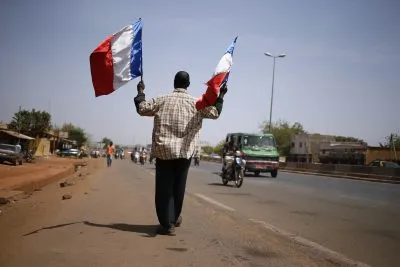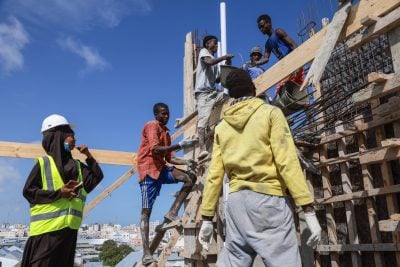Less than 1% of women and girls globally live in a country with high women’s empowerment and a small gender gap, according to a new report launched by UN Women and UNDP.
In response, the UN agencies have created two new indices – the Women’s Empowerment Index (WEI) and the Global Gender Parity Index (GGPI) – to measure gender parity and women’s empowerment.
The WEI measures women’s power and freedoms to make choices and seize life opportunities across five dimensions: health, education, inclusion, decision-making, and violence against women. The GGPI evaluates the status of women relative to men in core dimensions of human development, including health, education, inclusion, and decision-making. The organisations say the indices already reveal stark inequalities.
Africa lags
Both the Sub-Saharan Africa and the Northern Africa & Western Asian Sustainable Development Goals regions are ranked under the new metrics. Globally, Northern Africa and Western Asia is farthest from gender parity (with a GGPI score of 0.531 out of 1.000), while sub-Saharan Africa (0.697) is closer to the global average (0.721).
In Northern Africa and Western Asia, the region with the lowest women’s empowerment, women are empowered to achieve only 45.8% of their full potential – in Sub-Saharan Africa, just 49.8%. That’s in contrast to the top scoring Sustainable Development Goals region, Australia and New Zealand, which scored 0.807 on WEI and 0.878 on GGPI, meaning that 80.7% of women are empowered to achieve their full potential and women achieve, on average, 87.8% of what men achieve across key human development dimensions.
In both African regions, there is significant scope for improvement in the areas of “participation in decisionmaking” and “education, skill building and knowledge”.
Global wake-up call
The new incides also reveal some alarming global trends. None of the 114 countries analysed has achieved full women’s empowerment or complete gender parity.
Globally, women are empowered to achieve on average only 60% of their full potential, as measured by the WEI. Meanwhile women achieve, on average, 72% of what men achieve across key human development dimensions, as measured by the GPPI, reflecting a 28% of gender gap.
Some 3.1bn women and girls – more than 90% of the world’s female population – live in countries characterised by low or middle women’s empowerment and low or middle performance in achieving gender parity. About 8% of women and girls live in countries with low or middle women’s empowerment but high performance in achieving gender parity. The author say that this suggests that small gender gaps do not automatically translate into high women’s empowerment.
The UN says the indices reveal the need for comprehensive policy action health policies; equality in education; work-life balance and support for families; women’s equal participation; and violence against women.
Commenting on the report’s findings, UN Women executive director Sima Bahous said:
“With the Sustainable Development Goals, the global community has made a strong commitment to gender equality and women’s empowerment. However, we can see clearly with these new indices that across countries, women’s full potential remains unrealised, and large gender gaps continue to be commonplace, thereby obstructing and slowing progress in the realisation of all the Goals”.
Want to continue reading? Subscribe today.
You've read all your free articles for this month! Subscribe now to enjoy full access to our content.
Digital Monthly
£8.00 / month
Receive full unlimited access to our articles, opinions, podcasts and more.
Digital Yearly
£70.00 / year
Our best value offer - save £26 and gain access to all of our digital content for an entire year!

 Sign in with Google
Sign in with Google 



